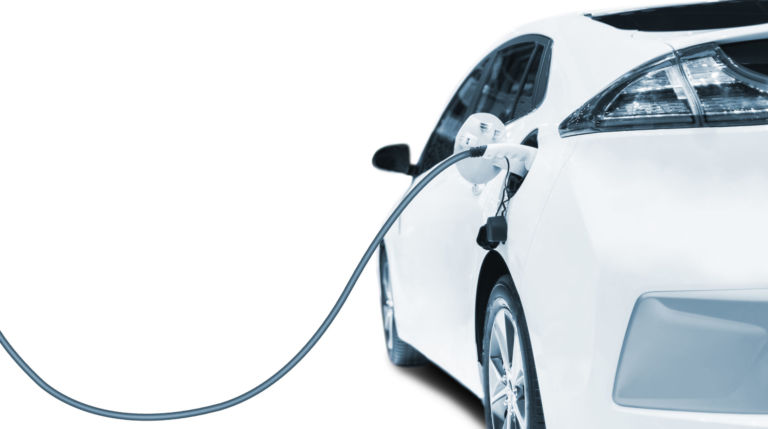Editors at the Washington Examiner highlight a critical flaw of electric vehicles.
Electric vehicle owners across the Midwest are discovering a cold, hard truth this month: When they need their electric cars most, they often don’t work.
Joshalin Rivera can normally drive 273 miles on a 30-minute charge. But she woke up one frigid morning this week to discover that, without even touching her car, the cold had already drained a third of her battery overnight.
She immediately went to her nearest charging station and found a long line of desperate electric vehicle owners waiting in the freezing cold. Some vehicles had already lost all charge, essentially becoming large bricks. “If you’re waiting in that line and you only have 50 miles, you’re not going to make it,” Rivera said. One Chicago tow truck company owner said it was his busiest day in years.
“It’s kind of like, I don’t really want a Tesla,” Rivera said.
The problem with all electric cars, not just Teslas, is that cold weather inhibits the chemical reactions necessary for the battery to generate power. The same is true of gas-powered cars, except that far less energy is needed to get a combustion engine started, and then, once it is going, it is powered by gasoline, which has an extremely low freezing point.
For electric vehicles, however, the battery is responsible for producing all the power the car needs. This means that not only does winter weather reduce the range of an electric car’s battery by up to 40% in some models, but unless you want to freeze to death, the car’s battery is also responsible for heating the car itself, thus reducing the range even further. It’s a double whammy.
Not only do electric vehicle batteries have lower range in the cold, but they also take longer to charge. What is normally a 45-minute charge to bring a battery up to full capacity can take two hours. Hence the long lines and freezing drivers at charging stations.


